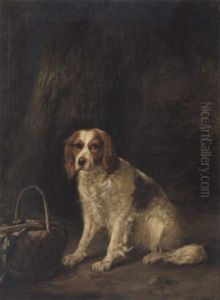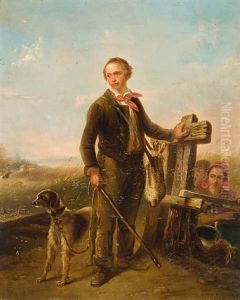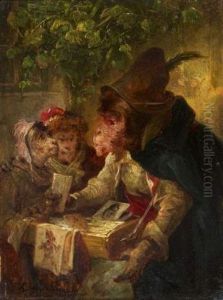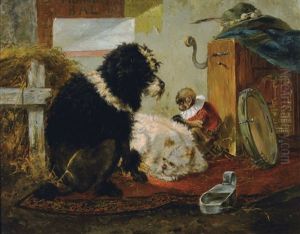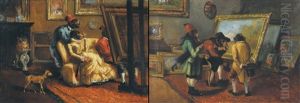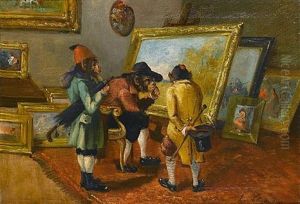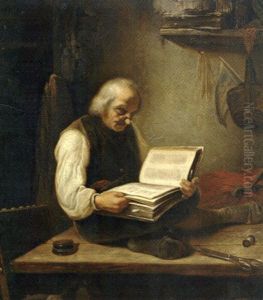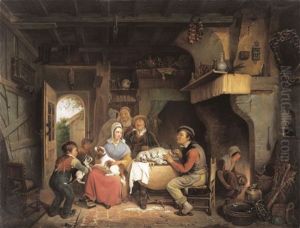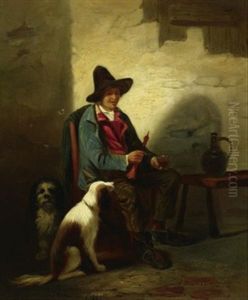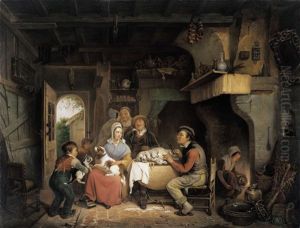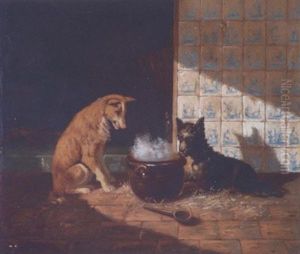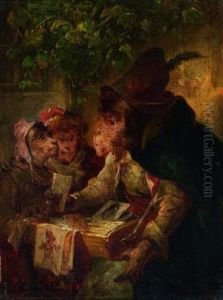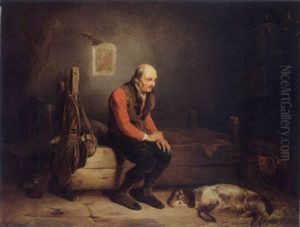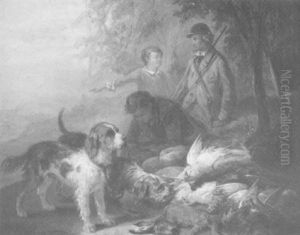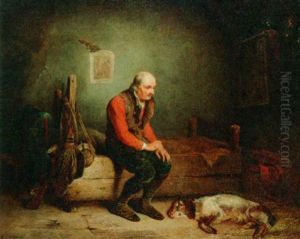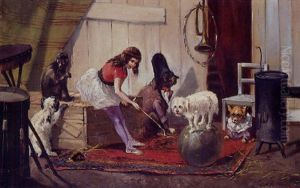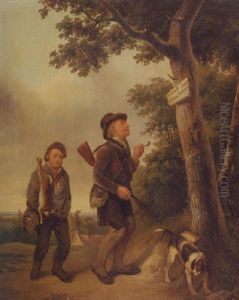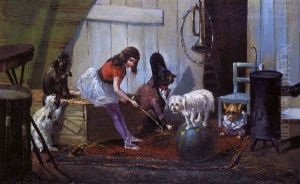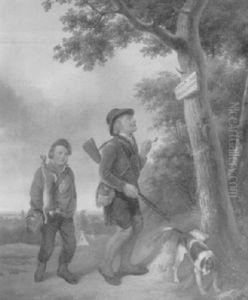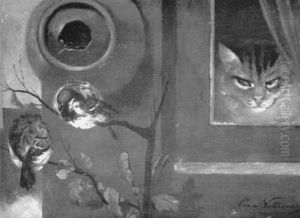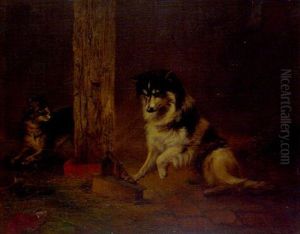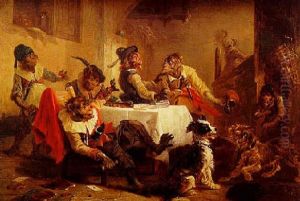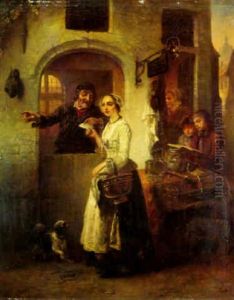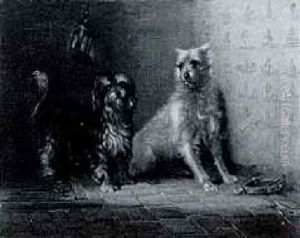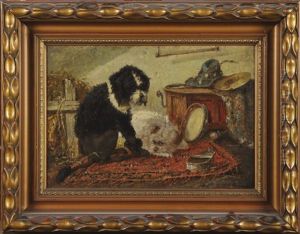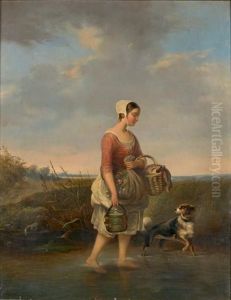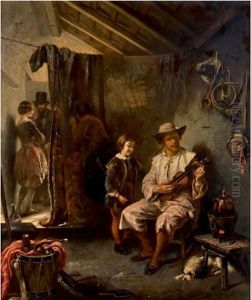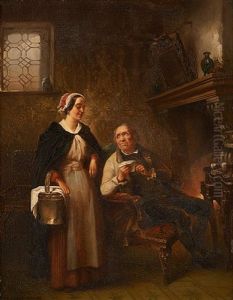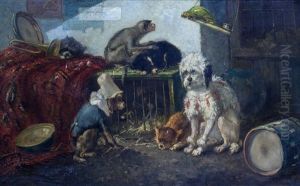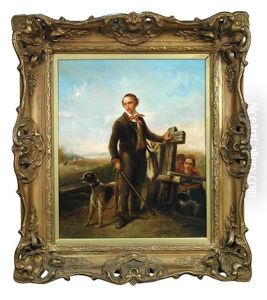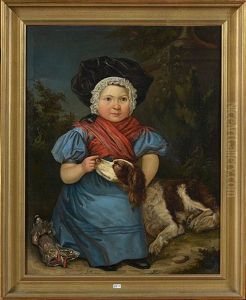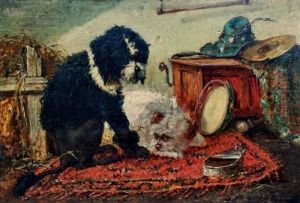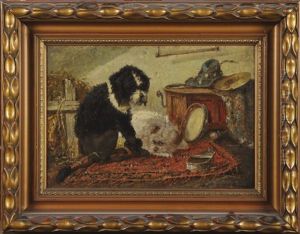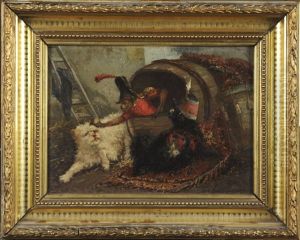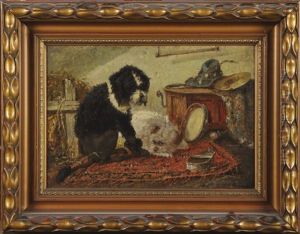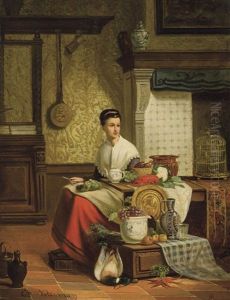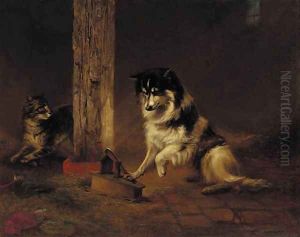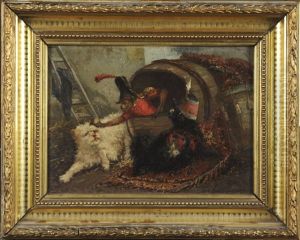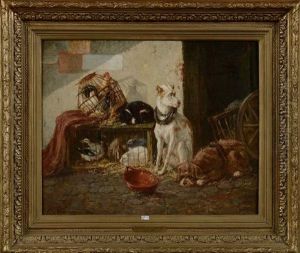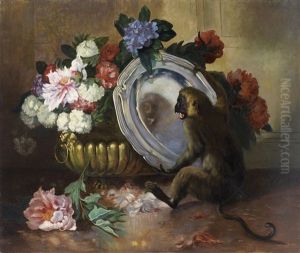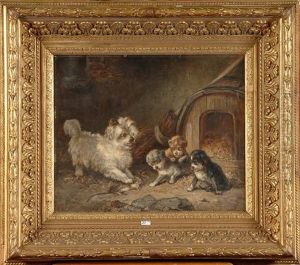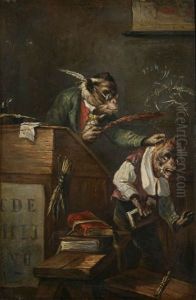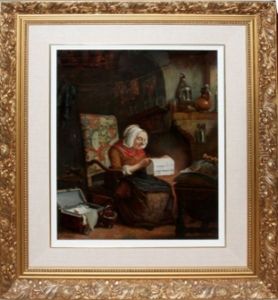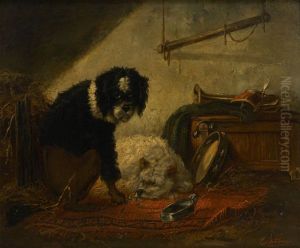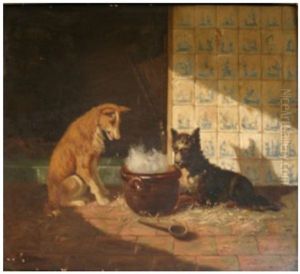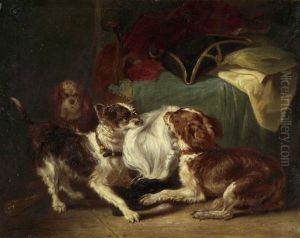Emanuel Noterman Paintings
Emanuel Noterman was a Polish-born artist, known for his detailed genre scenes, often infused with a sense of humor and a keen observation of everyday life. Born in 1864 in Warsaw, Poland, into a Jewish family, Noterman's early life was marked by the cultural richness and the complex socio-political environment of his homeland. His artistic journey began in Warsaw, but his quest for artistic development soon led him to study and work in various parts of Europe, including Munich and Paris, which were significant centers for art in the 19th century.
Noterman's body of work primarily consists of paintings and etchings that capture the peculiarities of human character and social interactions, particularly in urban settings. His scenes often depicted markets, taverns, and streets, bustling with life and narratives. Noterman had a particular talent for capturing the nuances of expressions and gestures, making his characters come alive on the canvas. This ability to depict the vibrancy of city life, combined with a distinctive use of light and shadow, earned him recognition among his contemporaries.
Despite facing the challenges common to many Jewish artists of his time, including periods of financial instability and the struggle for artistic recognition, Noterman managed to carve a niche for himself in the European art scene. His works were exhibited in various important exhibitions across the continent, gaining him accolades and a growing clientele. However, like many of his peers, Noterman's life and work were also shaped by the broader historical events of his time, including the upheavals of World War I and the changing political landscape of Europe.
Emanuel Noterman's artistic legacy is a fascinating reflection of the late 19th and early 20th centuries' cultural and social dynamics. His keen observation and the ability to capture the essence of urban life have left a valuable record of a bygone era. Although not as widely known today as some of his contemporaries, Noterman's work continues to be appreciated by art historians and collectors for its insight, technical skill, and the unique perspective it offers on the human condition. He passed away in 1930, leaving behind a body of work that continues to resonate with audiences for its humor, warmth, and humanity.
